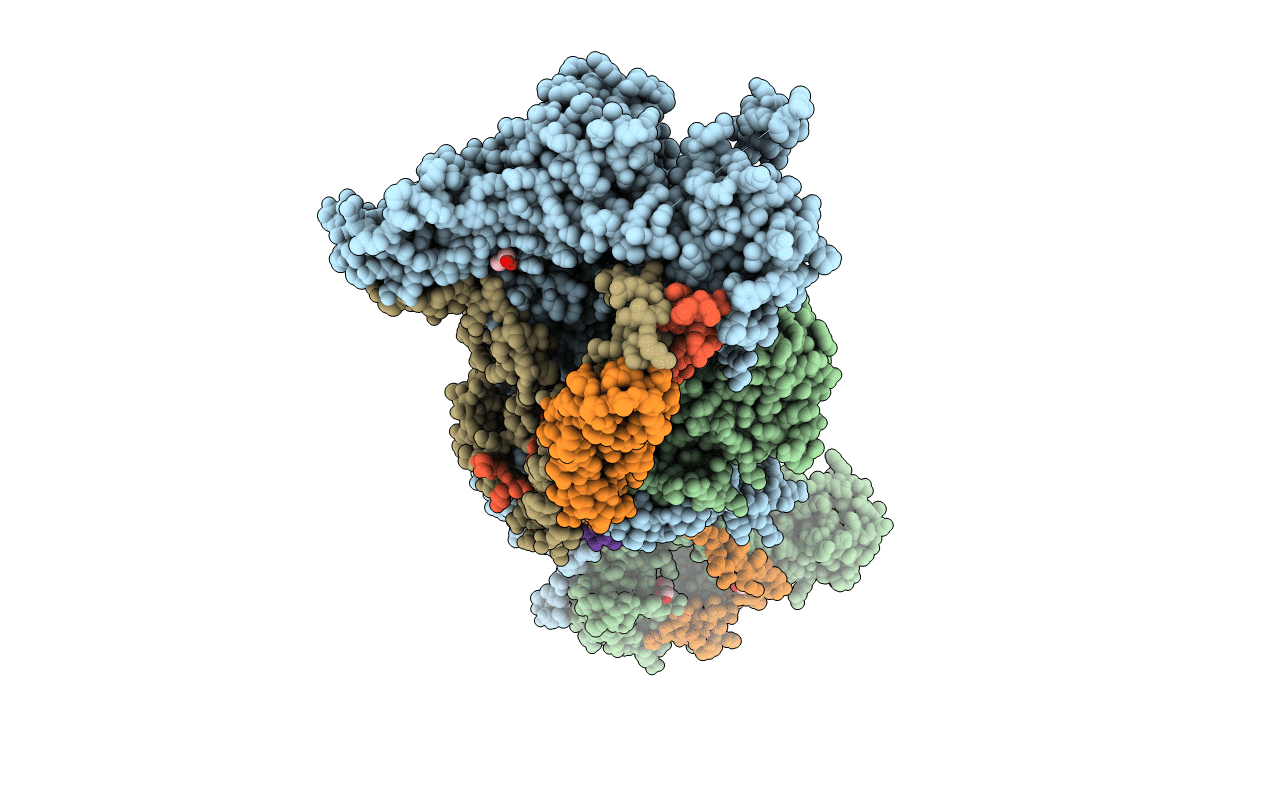
Deposition Date
2013-10-15
Release Date
2014-02-05
Last Version Date
2024-02-28
Entry Detail
PDB ID:
4N78
Keywords:
Title:
The WAVE Regulatory Complex Links Diverse Receptors to the Actin Cytoskeleton
Biological Source:
Source Organism:
Homo sapiens (Taxon ID: 9606)
Host Organism:
Method Details:
Experimental Method:
Resolution:
2.43 Å
R-Value Free:
0.20
R-Value Work:
0.18
R-Value Observed:
0.18
Space Group:
P 21 21 21


